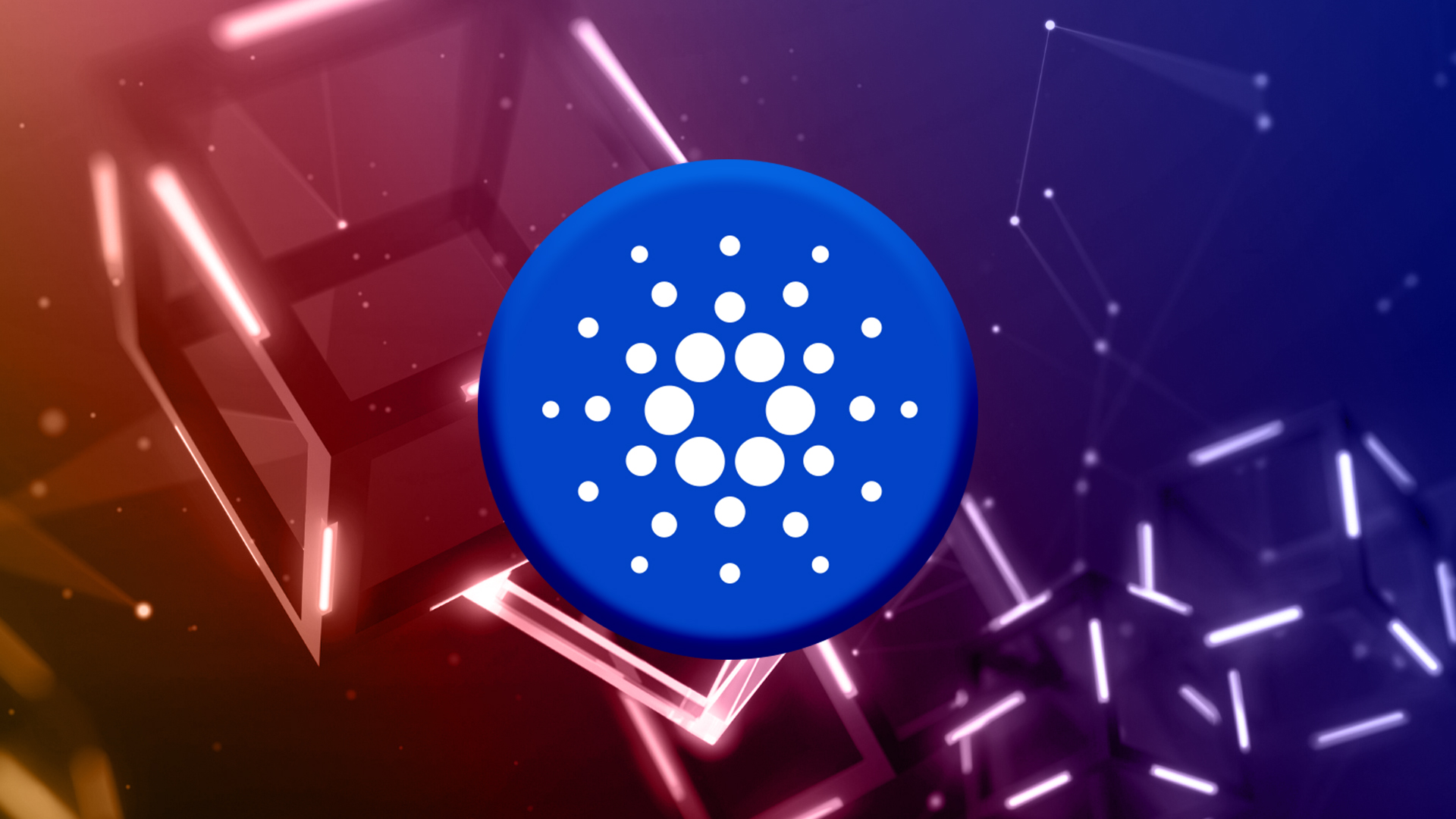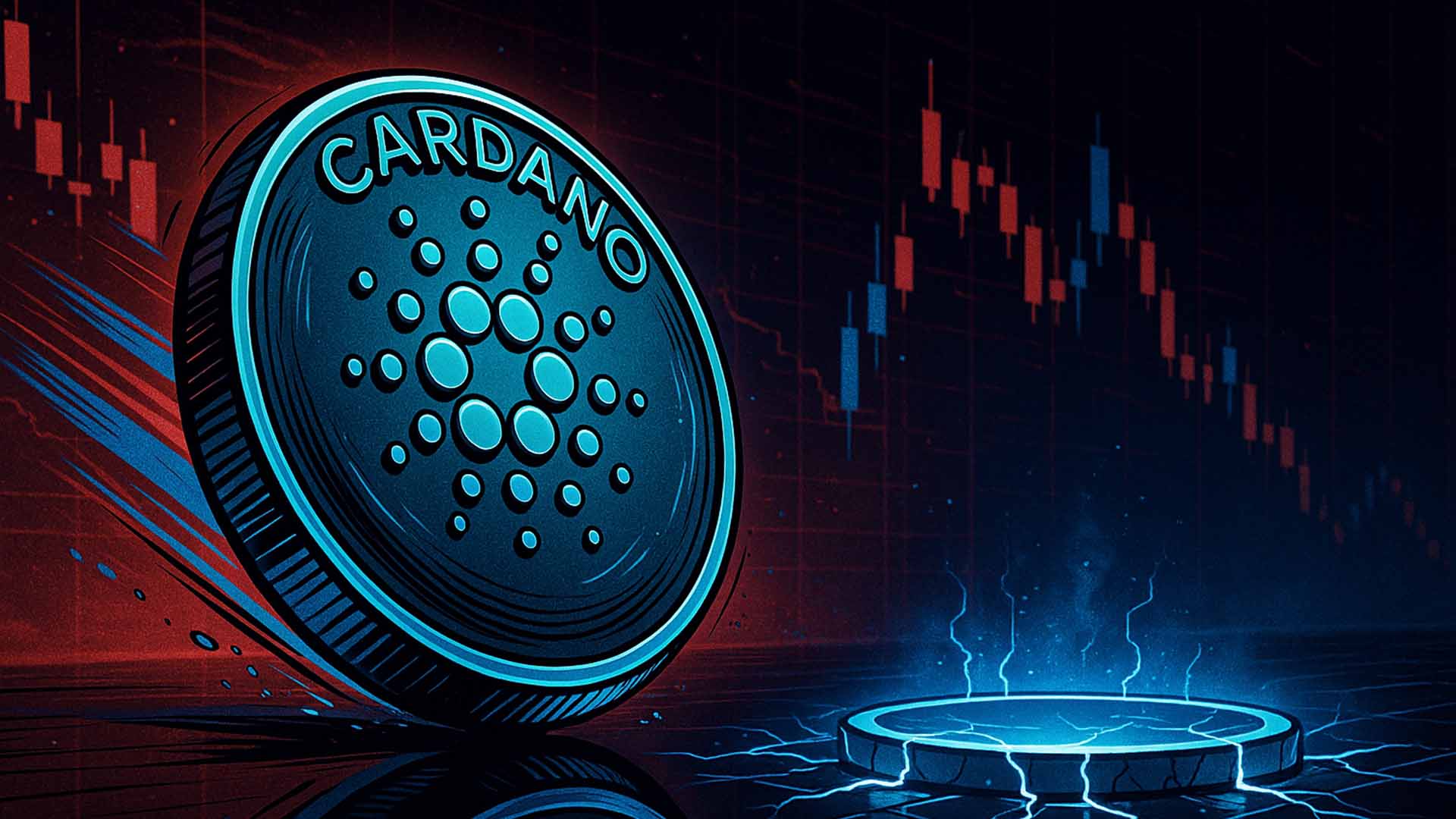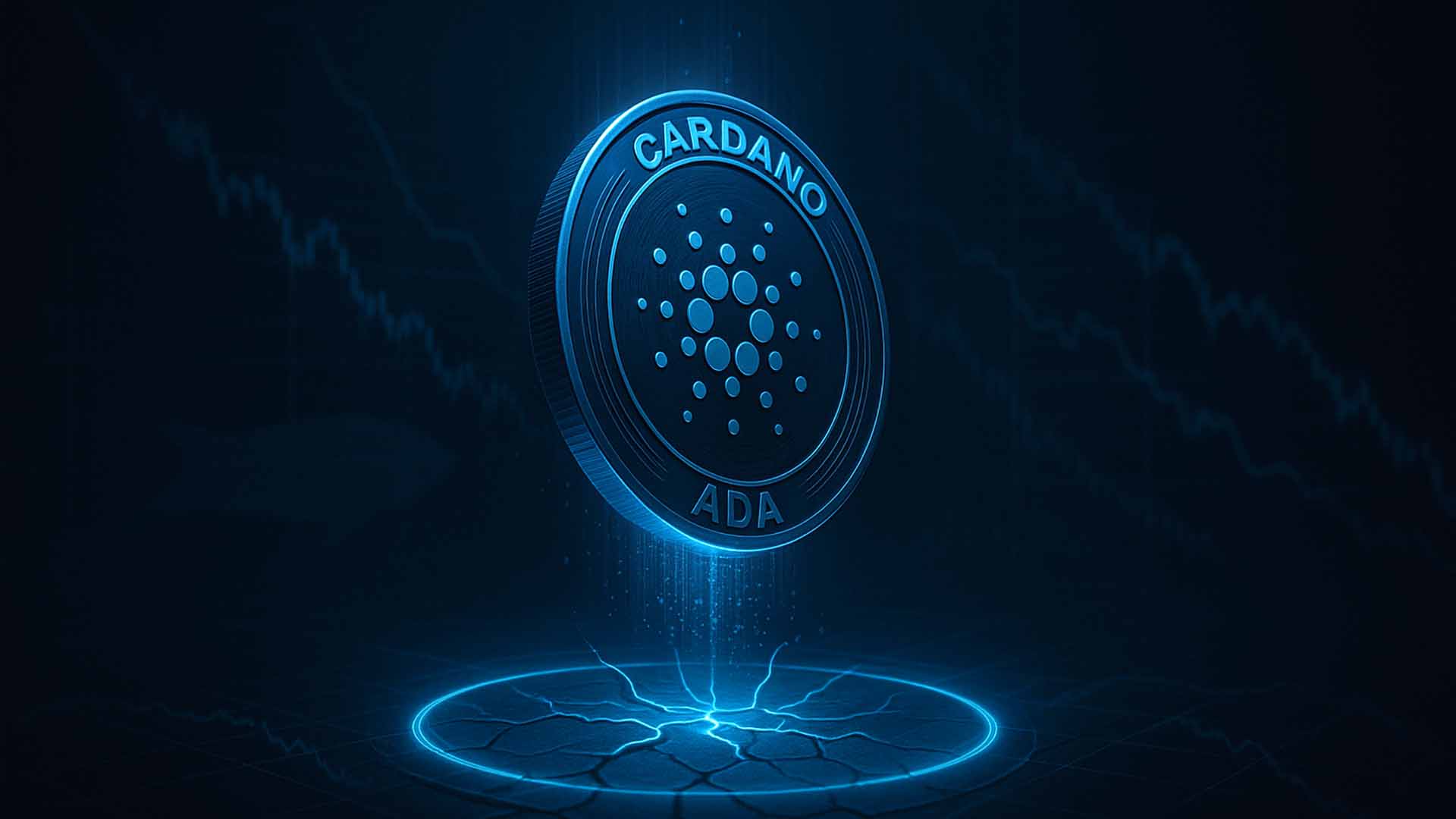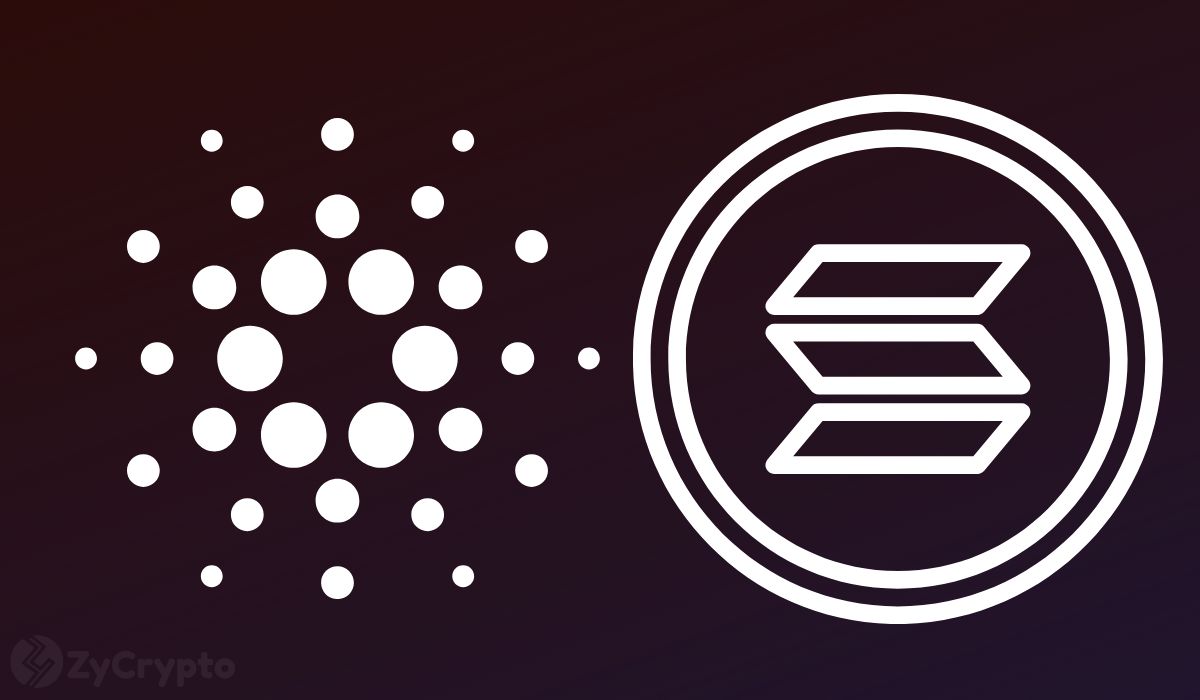What is Ouroboros: the Consensus Behind Cardano Blockchain?
A consensus mechanism is required in blockchains to validate transactions as it lacks a third party.Proof of Work and Proof of Stake are popular consensus models, but they, also, have their weaknesses.Cardano...

- A consensus mechanism is required in blockchains to validate transactions as it lacks a third party.
- Proof of Work and Proof of Stake are popular consensus models, but they, also, have their weaknesses.
- Cardano works on Ouroboros protocol, a modified Proof of Stake protocol.
Cardano is another blockchain network in line with the existing chains of Bitcoin and Ethereum but with a promise to solve the issues faced by the previous ones, especially in the domain of a legitimate consensus mechanism.
Understanding Consensus
Basically, blockchain economics is designed to eliminate a third party from validating a transaction and making it decentralized. To put it in simple words, presently, Person A sends money to Person B through A Bank, which acts as an authority to see if neither party is a scammer.
Jacob wants to send 100 Rs to Linda; then a Bank will verify whether Jacob has that amount in his account, for which it may charge a minimal transaction fee.
To remove the bank (i.e., a third party) and make it a person-to-person transaction, there needs to be some mechanism to authenticate a transaction.
Thus, blockchain uses consensus mechanisms. The important thing to remember is that where a majority of people(nodes) need to agree that a transaction is valid, then only a transaction will be valid.
But we may wonder if it’s just agreeing, then any malicious group, with many nodes in their direct control, will agree to a false transaction initiated by them, thereby causing fraud.
To overcome this, Bitcoin was launched with a Proof of Work mechanism:
Some Insights into Proof of Work and its Shortcomings
- To give a node the right to agree that the transaction was a valid one, the node has to perform some computational work.
- This work was solving a complex mathematical problem, which could only be done using heavy computers and hardwares.
- This increased the cost for solving a problem as the computers had strong electricity requirements. In return for the Work they had put in validating a transaction, the nodes were awarded/incentivised in bitcoins.
But as this bitcoin mining came more into the center picture, it became a business and miners started competing, increasing their hardwares and ultimately causing damage to the environment.
The PoS Mechanism, a Solution
To overcome the challenges, by PoW consensus, an improved method of Proof of Stake (PoS) was used. Here, validators are required to stake their coins into a pool and in proportion to their stake, was their chance of being chosen to validate the transaction. This was intended to make it as random as possible, so that not the same pool of nodes are chosen every time.
But PoS mechanism had some challenges with it too which were:
Lack of Centralisation: The selection process of choosing the stake leaders, could be easily dominated by large nodes, making the representation of smaller nodes almost negligible in the voting process.
A case may also arise, where the chosen delegates are all controlled by a single entity, making the whole blockchain centralized. Cardano saw the potential challenges of PoS and launched its Ouroboros consensus protocol.
This uses PoS as its base and then develops it further to improve its shortcomings.
Ouroboros in Cardano
Ouroboros is a greek symbol, which represents a snake eating its own tail and in this way completing the loop/cycle. This consensus also uses some similar concept, hence the name Ouroboros.
Working of Ouroboros
As we understood from the above discussions the underlying problem lies in making the elections as random as possible. This is achieved using Verified Random Functions (VRF), which produces complete random numbers on some inputs with its private key access to only the leader.
In one epoch, these VRF’s are generated, which are then used to select the next leaders of the next epoch. In this way, the blockchain has its source of randomness, hence the name Ouroboros.
The problem of users not being online every time and thus not able to take part if they become leader is resolved using stake pools. You can give your rights to them to take part in the process, if you are offline.
With these techniques, Cardano creates the opportunity to create thousands of such Stake Pools and increase randomness and decentralization in the blockchain.
Delegate Your Voting Power to FEED DRep in Cardano Governance.
DRep ID: drep12ukt4ctzmtf6l5rj76cddgf3dvuy0lfz7uky08jfvgr9ugaapz4 | We are driven to register as a DRep by our deep dedication to the Cardano ecosystem and our aspiration to take an active role in its development, ensuring that its progress stays true to the principles of decentralization, security, and community empowerment.DELEGATE VOTING POWER!








